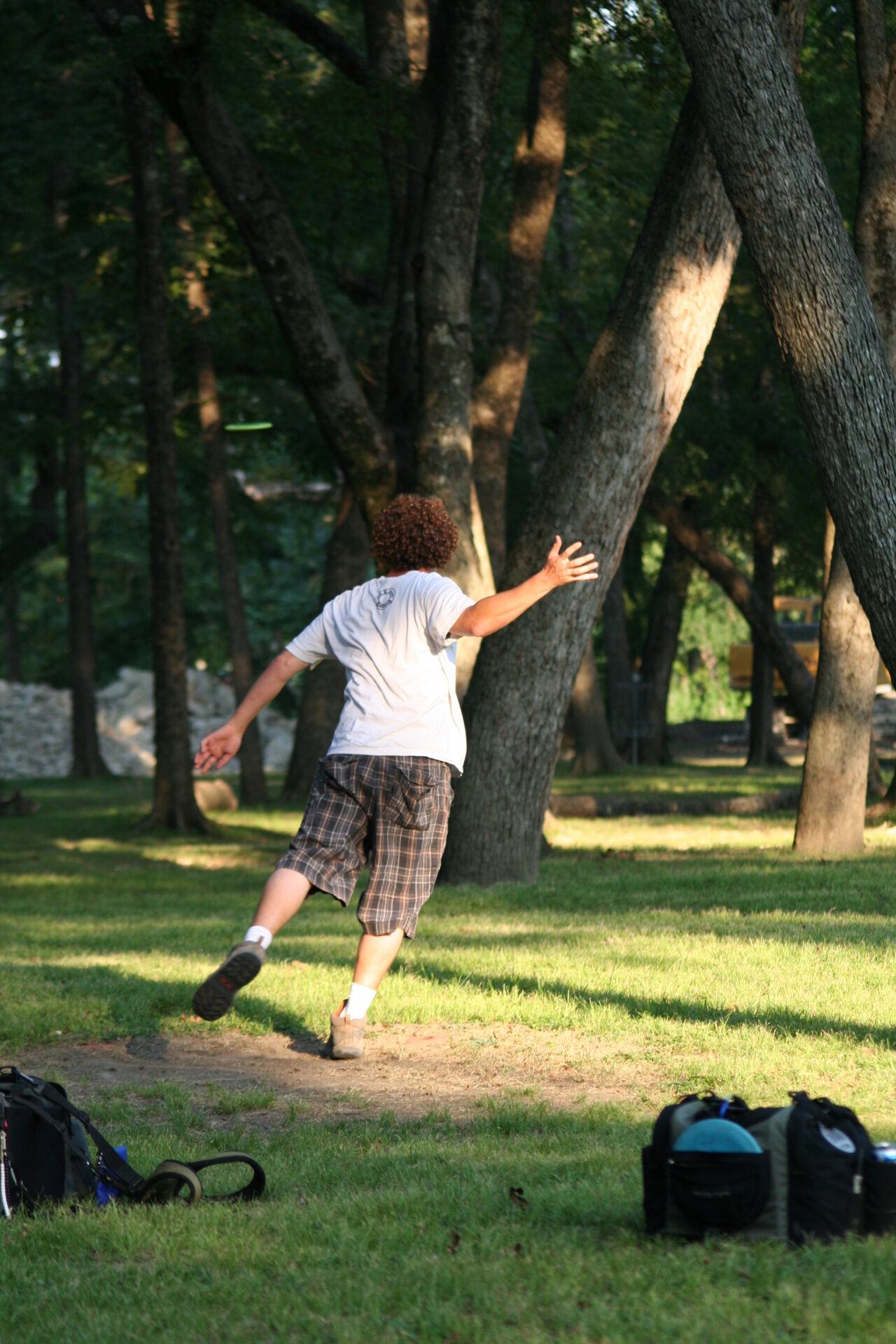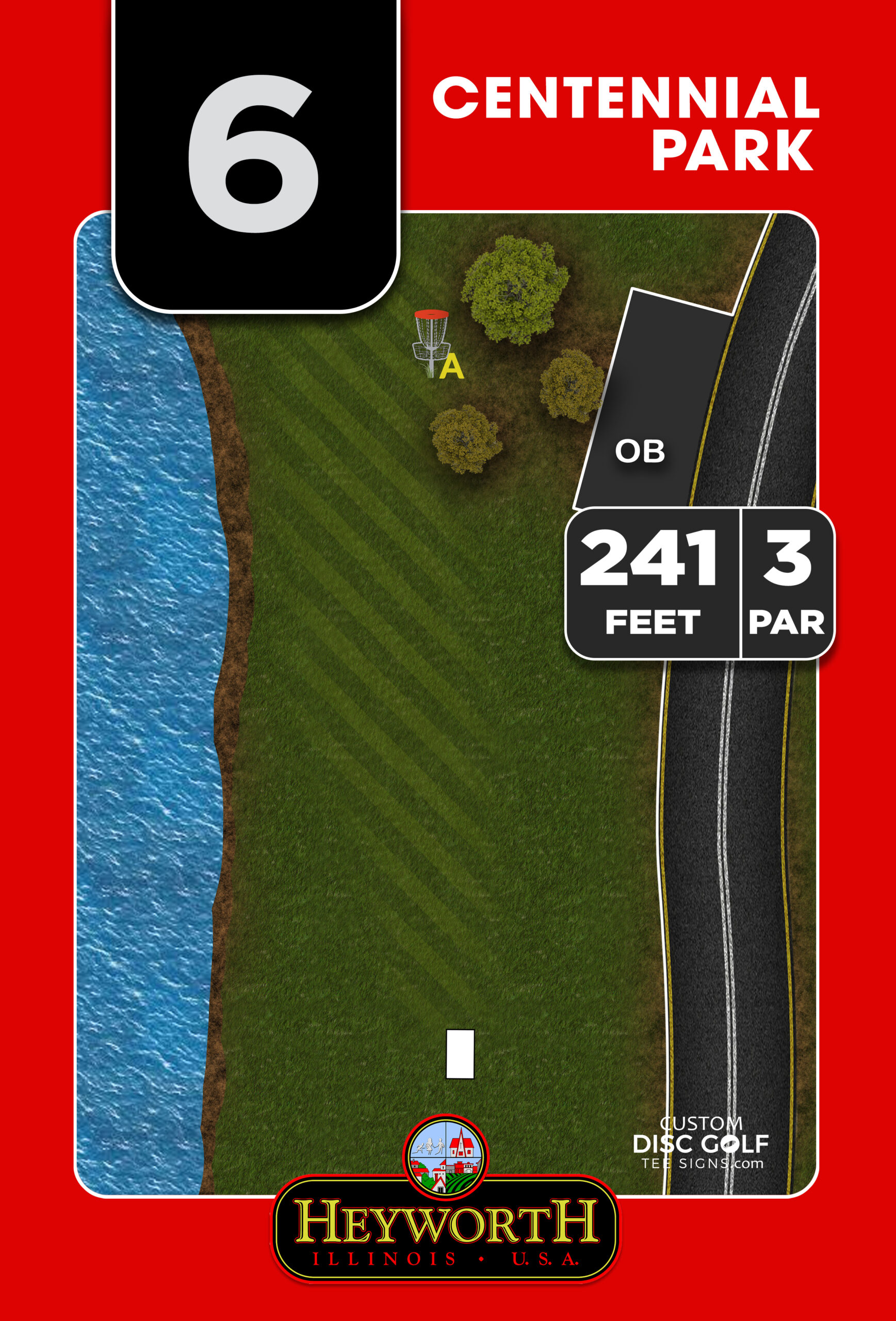Playing Is Not Practicing — And Practicing Is Not Training

Disc golf is a sport of illusions.
We stroll to the first tee, pull a driver from the bag, and play a casual round with friends. We might throw well, maybe even card a personal best. Then, on the drive home, we tell ourselves: “I practiced today.”
But here’s the truth—playing is not practicing. Not in the way the best players in the game understand it.
The Subtle Art of True Practice
If you want to see what practice really looks like, don’t watch a pro during a tournament. Watch them on a Tuesday morning, two days before the event, when there’s no crowd and no one keeping score.
They’re not rushing to get through eighteen holes.
They’re parked at a single fairway, throwing the same shot over and over—backhand hyzers, forehand flexes, rollers—trying to feel the difference between good and perfect.
A pro might spend an hour on just one basket. Not because they can’t make the putt, but because they’re chasing the confidence that comes from knowing they can make it ten times in a row from ten different spots.
Practice is about intention, not completion. It’s a lab where you test, adjust, and refine. Every throw has a purpose, every mistake is a data point, and every repetition is an investment in muscle memory.
When you play, the goal is a score.
When you practice, the goal is precision.
Why Practice Alone Isn’t Enough
Even the sharpest skills can dull under the weight of fatigue. This is why playing and practicing still leave a gap—one that only training can fill.
Training in disc golf isn’t about sculpting a bodybuilder’s frame. It’s about building the endurance, balance, and explosive power that support your throws and keep your form intact from the first tee to the last.
Watch the best in the world and you’ll see the same patterns:
-
Strength work: Squats, lunges, and rotational core training for more powerful drives and stable follow-throughs.
-
Cardio: Running, cycling, or rowing to keep energy high through multiple tournament rounds.
-
Mobility work: Stretching and functional movements to protect joints and keep a full range of motion.
This is the quiet, unseen work that makes the visible magic possible.
The Three Lanes of Improvement
Think of your development as three separate lanes:
-
Play – The exam. You measure where your skills stand today.
-
Practice – The study session. You break down your game into its smallest parts and sharpen them one at a time.
-
Training – The gym and the track. You strengthen the machine that will carry you through the exam without breaking down.
The pros keep those lanes separate. That’s why they improve faster. They’re not mixing the mental focus of practice with the social flow of playing. They’re not trying to build stamina with a couple of casual rounds a week.
Blurring the Lines Has a Cost
Most of us blur the lines. We play, thinking we’re practicing. We practice without training. We tell ourselves a few extra putts after a round counts as “working on our game.”
And then we wonder why progress feels slow.
The truth is simple:
-
If you only play, you’ll stay where you are.
-
If you play and practice, you’ll get better—slowly.
-
If you play, practice, and train, you’ll see growth that surprises you.
Disc golf is a game of small margins. The difference between a 980-rated round and a 1020-rated round might be one or two throws, made or missed because of fatigue, focus, or confidence.
Playing is fun. Practicing is work. Training is the foundation.
If you want to grow, give each the respect it deserves.
The pros already know the difference. The real question is—do you?











